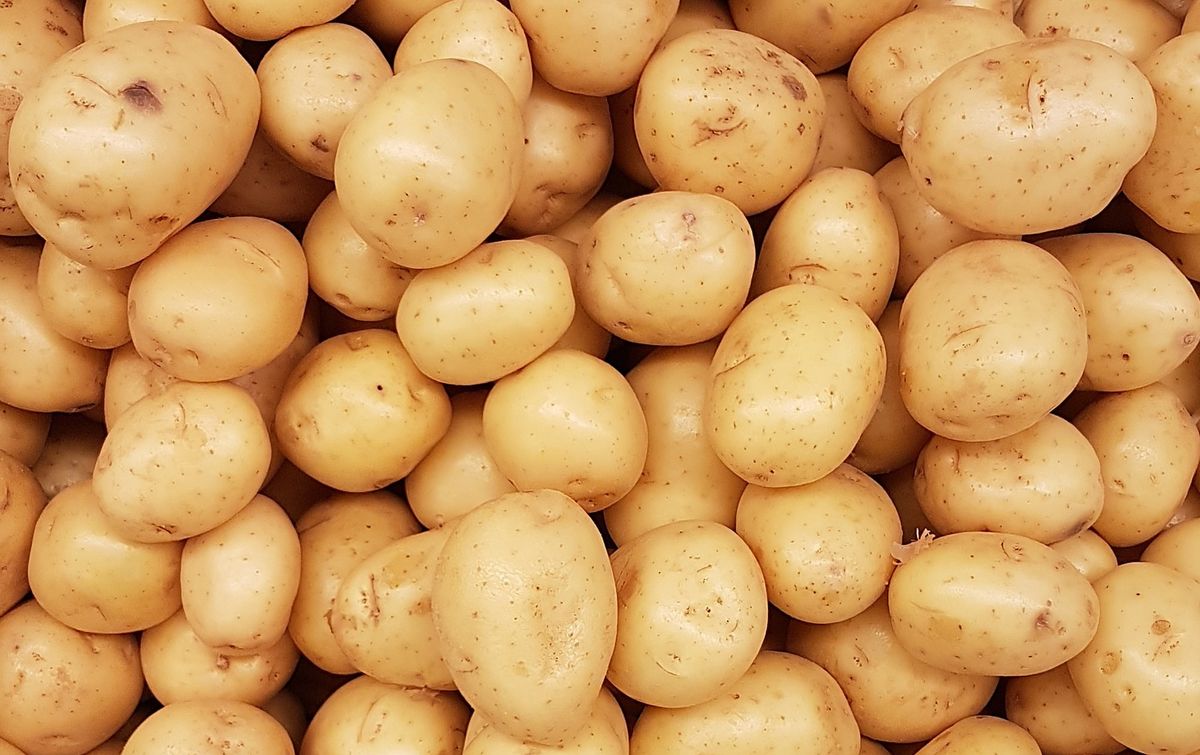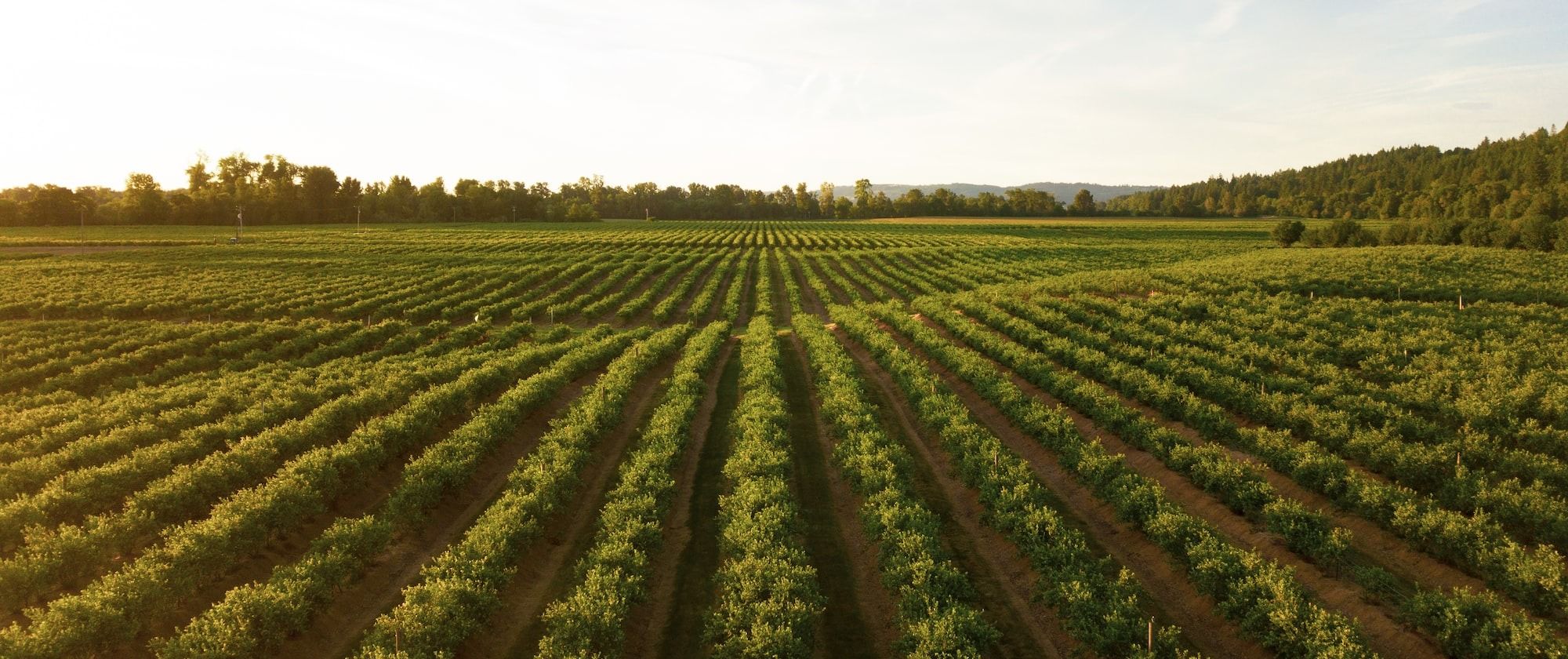Discover La Bonnotte: World's Most Expensive Potato
La Bonnotte is hailed as the world's most expensive potato due to its distinctive taste, rare 10-day harvest window, and limited yield.

The world of gourmet food is filled with intriguing tales and rare finds, and the La Bonnotte potato holds a special place in that echelon.
A small, delicate tuber vegetable from Noirmoutier, an island off the west coast of France, it's often heralded as the most expensive potato in the world.
What is the La Bonnotte Potato?
The "La Bonnotte" potato, regarded as one of the world's most exclusive tubers, originates from the island of Noirmoutier in France.
This golden potato's distinctiveness stems from the island's unique terroir, enriched by seaweed and algae, imparting a subtle saline flavor to the tuber.
History and Origin of La Bonnotte Potato
The Bonnotte potato, first introduced to Noirmoutier between the 1920s and 1930s under names like "bounotte," "bonnette," and "bonnet," can trace its roots back to Barfleur in the Manche département.
Yet, its fragility, demanding a hands-on harvest approach, clashed with the 1960s' mechanized farming trend. This clash threatened its existence, limiting its presence to a handful of gardens on the island.
Fast forward to 1995, when Noirmoutier's farmers, cherishing memories of their iconic potato, embarked on a revival mission.
Teaming up with INRA in Brest, they painstakingly reproduced the cherished Bonnotte. By 1996, this treasured spud re-emerged in markets, staying true to its hand-picked heritage.
Its crowning moment came when it was dubbed the world's priciest potato at a Drouot auction. Today, the Bonnotte's distinctive charm continues to enchant a new generation of food lovers.
The Flavor Profile of La Bonnotte Potatoes
Raised on a sandy plot spanning 50 square meters and enriched with seaweed and algae, this potato offers a distinctive flavor palette, harmoniously mingling hints of lemon, a touch of saltiness, and undertones of walnuts.
Traits of Bonnotte Potatoes
The unique environment, marked by the island's salty sea breeze and fertile soils enriched with wrack, and is cultivated in distinctive 70 cm wide ridges, creates the ideal setting for Le Bonnotte.
This exceptional growing ambiance led the potato to earn top honors from the esteemed French agricultural body, DIEHL, in 1938.
Here's a concise profile of La Bonnotte as per DIEHL:
La Bonnotte is characterized by its smooth yellow exterior and deep yellow, finely-grained flesh. Its round tubers feature semi-recessed eyes.
The robust plant showcases a pigmented stem, lustrous dark green leaves, and textured leaflets. Small white flowers give way to reddish fruits.
The potato exhibits resilience against potato wart and possibly the degeneration disease. Although it has a lengthy dormancy and initial slow sprouting, it compensates with vigor as it grows.
The Bonnotte potato stands out due to its petite, round shape and its firm yet soft flesh. Its shelf life is short, lasting only several days.
How Much Are La Bonnotte Potatoes?
Top-quality harvests of La Bonnotte often find their way to the Parisian auction house, Drouot, fetching prices that can soar up to an astonishing US$600 per kilo, are cultivated for three months and gathered prior to full maturity.

Why is it so expensive?
Several factors contribute to the high price of the La Bonnotte:
Scarcity of Farmland
The scarcity of available farmland significantly impacts its cultivation. Only 5 hectares is allocated for the growth of the Bonnotte potato.
Harvested slightly before reaching full maturity at around 90 days, with an annual yield that rarely surpasses 100 tons, its exclusivity is undeniable.
Labor-Intensive Harvesting
La Bonnotte potatoes are delicate, with the tuber attached firmly to its stem. This requires each one to be handpicked carefully to maintain their pristine quality. This makes the harvesting process labor-intensive and costly.
Unique Flavor Profile of La Bonnotte
Besides its subtle chestnut undertones, what sets it apart culinarily is that it's eaten with its skin on! These are categorized as early or new potatoes. They possess a firm yet tender flesh with a hint of sweetness.
The unique flavor profile of Noirmoutier potatoes is shaped by its nurturing environment.
Shielded from the western gusts and frost, its climate is tempered by the Atlantic Ocean, resulting in mild winters, scarce rainfall, and moderate summers.
The sunlit, sandy soil, enriched with seaweed, provides an ideal setting, enabling the potatoes to mature impeccably without any decay.
Short Harvesting Window
In May, for a brief 10-day window, Ile de Noirmoutier is abuzz with the exclusive harvesting of its treasured La Bonnotte potato.
Harvested strictly between May 1st and May 10th, La Bonnotte reigns as the island's crowning agricultural achievement, sharing the limelight only with its famed sea salt.
Unlike other early potatoes harvested from late April through August, La Bonnotte sets itself apart with its tender skin and early harvest, giving it a unique fluffy consistency.
The island's advantageous microclimate, shaped by the Gulf Stream, allows La Bonnotte to be a market forerunner each season.
This potato's allure culminates in an annual early-May festivity, "la fête de la Bonnotte". Highlight harvests, sometimes up for auction, command lofty prices, reflecting their distinct charm and scarcity.

La Bonnotte Potato: From Fine Dining to Elite Events
The prestigious Le Bonnotte potato, a global culinary gem, is a staple in Michelin-starred establishments, notably Alain Ducasse au Plaza Athénée in Paris.
Esteemed chefs like Antoine Guichard and Manon Negretti particularly prize its unique flavor, marking it as a seasonal standout in high-end dining.
Additionally, affluent food enthusiasts seek it out for exquisite home-cooked feasts.
Luxury hotels and exclusive events also highlight this exceptional tuber in their menus, underscoring its status as an emblem of culinary sophistication and luxury.
How Are Bonnotte Potatoes Usually Served?
When a Michelin-starred restaurant opts to serve such a prestigious ingredient, it is usually prepared and presented in a way that highlights its unique qualities. Here are a few ways it might be served:
- Simply Prepared: The delicate flavor of La Bonnotte might be best appreciated when it's prepared simply. This might mean boiling or steaming with a touch of high-quality French butter, fleur de sel (sea salt), and perhaps a sprinkle of chives or parsley.
- Mashed or Pureed: A velvety smooth potato puree is a staple in many fine dining establishments. La Bonnotte can be turned into a luxurious mash, perhaps infused with truffle, butter, or cream.
- Salad: A potato salad made with La Bonnotte, fresh herbs, some pickled onions or shallots, and a light vinaigrette could be a side dish. The natural saltiness of the potato could play well with tangy or acidic components.
- Served with Seafood: Given its origin and slightly salty flavor profile, La Bonnotte pairs wonderfully with seafood, particularly shellfish. Imagine a dish where it accompanies seared scallops or grilled lobster.
- Garnishes and Complements: La Bonnotte, due to its prestige, could also be featured as a garnish for a main dish, such as alongside a piece of meat or fish. The preparation might be simple to ensure the unique taste of the potato shines through.
- Terrine: Layered with other ingredients, perhaps other vegetables or even some proteins, to make a terrine or a "gateau" of sorts.
Conclusion
The Le Bonnotte potato is more than just a tuber; it's a testament to the magic that happens when nature and tradition come together.
For food aficionados, it represents the pinnacle of gastronomic luxury, offering an unmatched combination of rarity, flavor, and cultural significance.
If you ever find yourself in Paris, France, seizing the opportunity to taste this exquisite potato is a must. It's an experience that epitomizes French culinary excellence and heritage.


